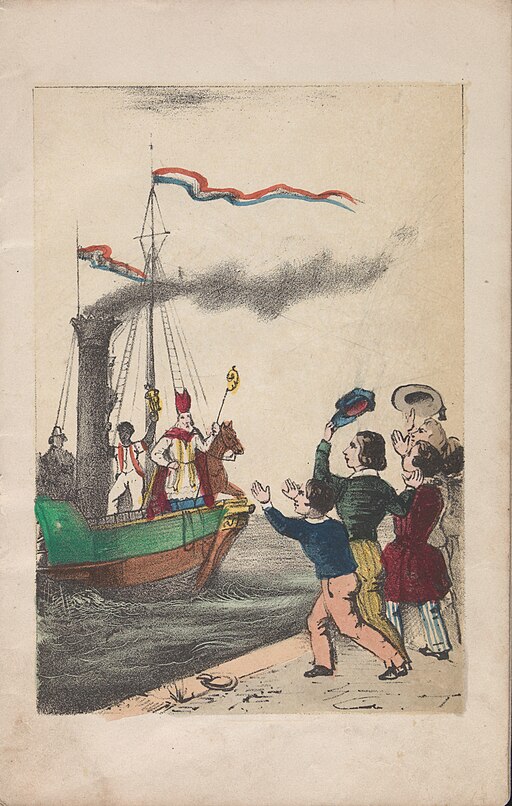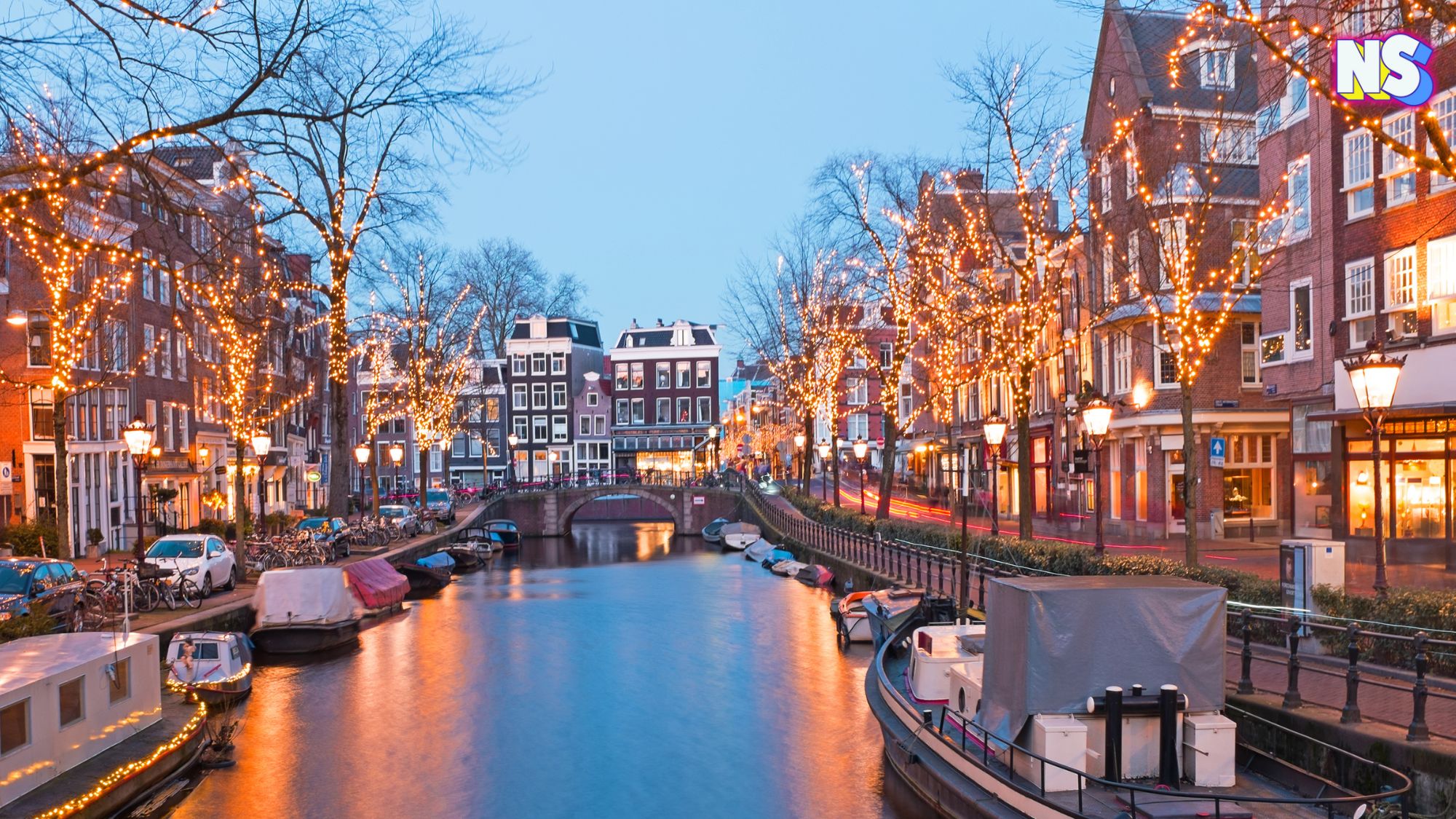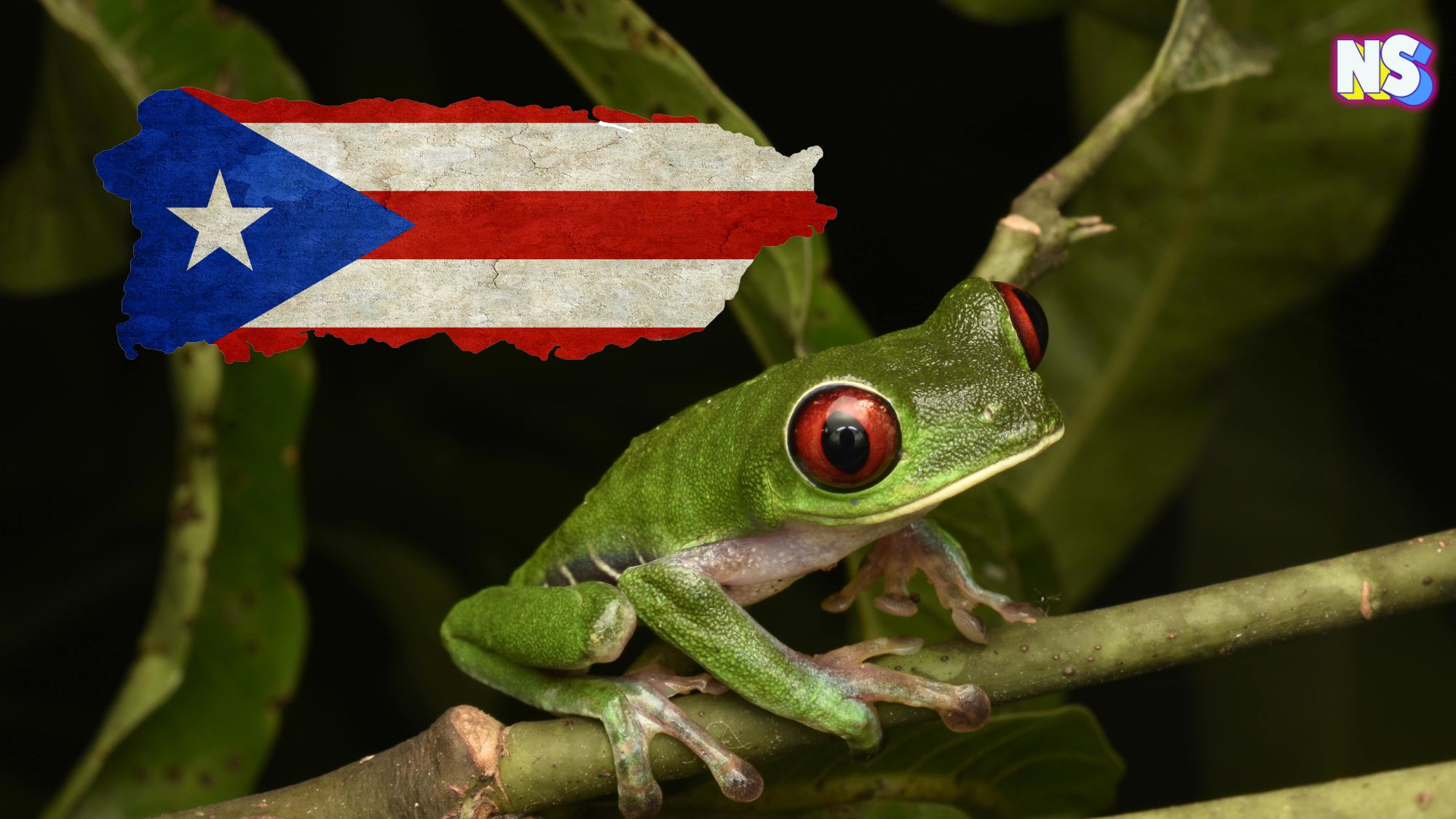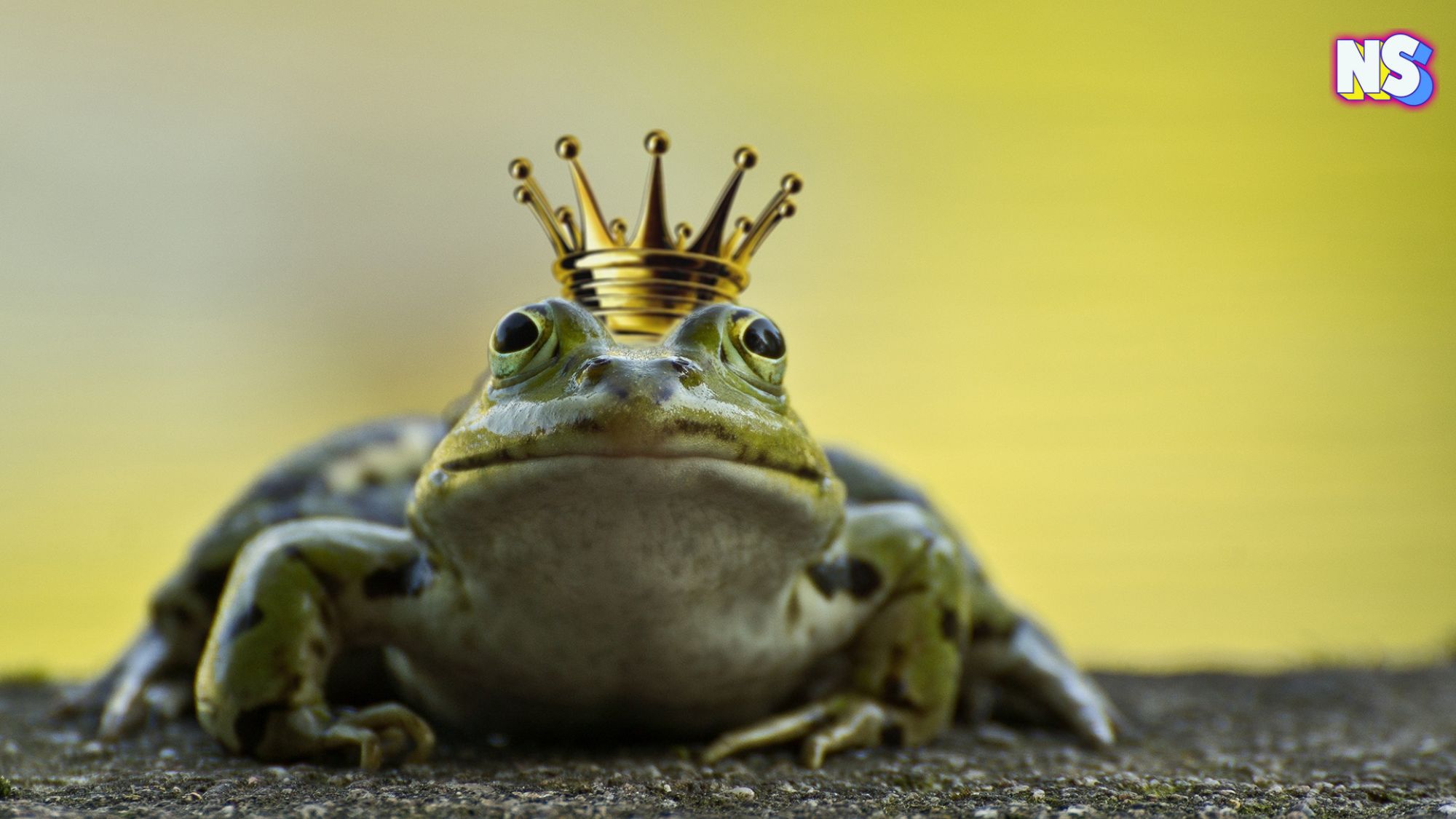As I prepared for my first frosty Christmas Eve in Utrecht, The Netherlands, far from the balmy Nochebuenas in my native Miami, I had no idea that my holiday season was about to take an odd turn. My new, friendly Dutch neighbors, Hans and Elsa, introduced me to a holiday tradition so bizarre and so controversial, that I’m still confused about it to this day. I’ve actually never celebrated the holidays the same since. Let me tell you a story about Sinterklaas and his “helper” Pete.
@historicalinsights When did Black Pete join Sinterklaas? ????✨ Around 1850, Black Pete emerged as a mischievous servant in Dutch folklore, later helping Sinterklaas manage children’s behavior with tales of Spain-bound sacks and twig bundles. ???????? #Sinterklaas #ZwartePiet #History
♬ original sound – Historical Insights
The Arrival of Sinterklaas and Piet
Picture this: It’s Christmas time, and the streets of the Dutch university town of Utrecht, 20 minutes south of Amsterdam, are covered with twinkling lights. The scent of speculaas cookies, from the neighborhood bakeries, fills the air, and the canals shimmer like liquid silver. Beautiful, right? OK, stick with me here.
Near the Centrum (the city center, where I lived in a centuries-old rowhouse), my Dutch neighbors invited me, their new “Cuban” neighbor, over to their gezellig home to eagerly awaiting the arrival of Sinterklaas. ¿Quién? SinterKlaas. No, not Santa Claus or Santi Clo. He was someone else, far from a fat man in a red suit. Sinterklaas was a dignified, bearded fellow in a bishop’s robe who liked horses.
They told me that Sinterklaas was sailing north to Holland from Spain on his trusty steamboat. Why Spain? you ask. Well, rumor has it, Sinterklaas is a snowbird who spends his summers enjoying the Spanish beaches along the Costa del Sol. And he has to travel north, from his vacation spot, to bring joy for the holidays. I’m not making this up. This is what they told me.
The Enigma of Zwarte Piet
Then I was told about the Dutch Santa’s helper, Zwarte Piet, or Black Pete. He was described as a character who combines the whimsy of Santa’s elves with the mystery of a secret agent. That’s the fun story of Dutch Piet.
But here’s the controversial “twist”: Piet isn’t just any sidekick. He’s Sinterklaas’s right-hand man … and his former slave. Yes, tradition has it that Piet, in his original form, was a black Moor from Spain.
RELATED POST: Charmed Underwear: The Odd Latin American NYE Tradition
“Before the Netherlands abolished slavery in 1863, the country was deeply involved in the transatlantic slave trade,” a National Geographic piece about the Dutch holiday explains. “It grew prosperous by selling enslaved people to the United States or sending them to work in Dutch colonies, and some nobles gifted each other with enslaved black children, who are shown in paintings wearing colorful, Moorish clothing similar to Zwarte Piet’s.”
Although the exact origin of Zwarte Piet is unknown, many agree that Jan Schenkman, an Amsterdam schoolteacher, immortalized Piet in an 1850 book. Goed zo? (That’s “yay?” in Dutch, by the way.)
As I was told, Piet is a bit of a klutz, speaking broken Dutch and distributing candy to well-behaved children. But there’s also a darker side: Piet also dishes out punishment to the naughty ones – like getting kidnapped and taken back to Spain! The worst punishment of them all, being dragged to Spain, according to the story.
The Controversy and the Rainbow Revolution
The concept of the black slave helping Santa on Christmas is so controversial that, in 2020, according to the Dutch publication NL Times, “Facebook and Instagram banned images of Zwarte Piet as part of a global policy against the use of racist and anti-Semitic imagery.”
However, it’s a holiday tradition celebrated every year, with the Dutch donning Zwarte Piet costumes as some would wear an elf outfit for Christmas. “Thousands of white Dutch people paint their faces black to dress up as the character every year,” reports the ati article “Inside The Black Pete Tradition Of Christmas Blackface In The Netherlands.”
@olgakooi Seeing Sinterklaas all over the city? You’re not alone! Now until December 5th, he’ll be everywhere and I want to help you understand it so you can feel encouraged to participate!This holiday has lots of history and cultural nuances. At its core it’s a family holiday around believing in magic, coming together as a family and gift giving. Curious about the Sinterklaas tradition in the Netherlands?! Leave your questions below! #sinterklaas #sintmaarten #dutch #expatinamsterdam #expatinnetherlands #expatinholland #amsterdam #netherlands #holland #traditions #dutchtraditions #piet #zwartepiet #parenting #motherhood #momlife #parenthood #kids #family #love #dutch #expatinamsterdam #expatinnetherlands #expatinholland #amsterdam #netherlands #holland
♬ Fire – Official Sound Studio
There’s more. “Actors portraying the character have often used makeup to darken their skin color and make their lips redder and larger. They often wear curly black wigs and an earring,” the NL Times explains. “The costume has been deemed a racist depiction by movements around the Netherlands and across the world, but others say that the darker skin and hair color is the result of climbing in and out of chimneys.”
Many Dutch now say that the Zwarte Piet narrative is inappropriate, so, over the years, they’ve tried to give Piet a makeover.
Making Over Piet
In the early 2000s, out went the blackface, the curly wigs, and the bright red lipstick. In came the Rainbow Piets, a kaleidoscope of colors, like a bag of Skittles. These Piets are all about inclusivity, diversity, and spreading joy without the baggage of history.
But tradition dies hard. And, in many Dutch households, images of the old Piet still reign supreme. And, honestly, I get it. Change is tough, especially when it involves children and tradition.
Now, years later, our Miami-based family has created a holiday mash-up each year, combining a few cultures, all in one night. Nochebuena comes complete with the aroma of lechón from the Caja China, Cuban music in the background, and kruidnoten for dessert. My daughters love it when I tell the tales of Sinterklaas and Piet from my holidays in Holland.
If there’s one thing our holidays show, it’s this: traditions aren’t meant to stay frozen in time. They’re meant to grow with us, adapting to who we are and where we’ve been. To that, I say: Goed zo! And Feliz Navidad!





